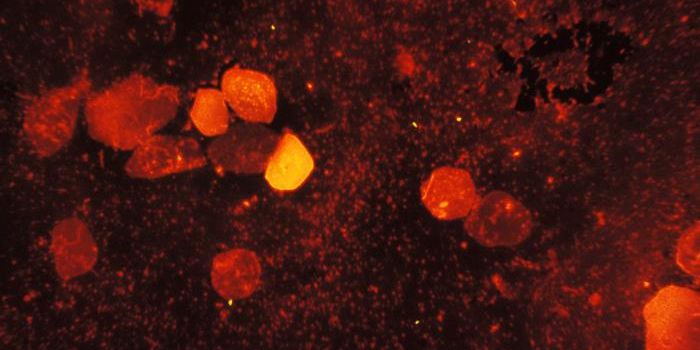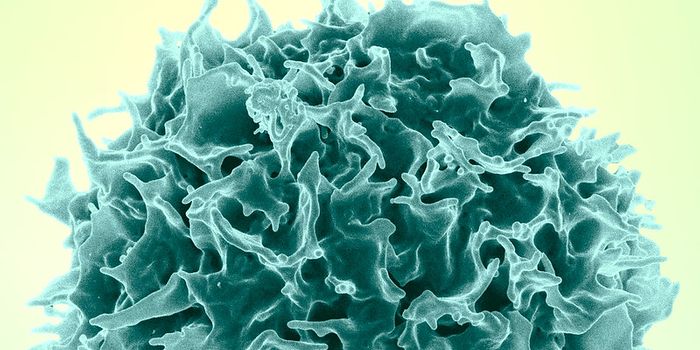Powassan Virus: Lethal Tick-Borne Virus Continues Slow Spread in the United States
As covered by Labroots in 2017, Powassan virus is an often-lethal tick-borne virus that currently has no treatment. Though it is still rare, the number of reported cases of Powassan virus continues to increase year to year. From records spanning from 2011 to 2020, the highest number of Powassan virus cases were seen in 2019 when 39 cases were reported to the Centers for Disease Control and Prevention.
Powassan virus was first isolated in 1958 after being isolated from the brain of a patient who had died from encephalitis. It is a type of flavivirus, a family of single-stranded RNA viruses including causes of encephalitis and hemorrhagic disease such as Yellow Fever, Dengue Fever, and Zika virus.
Powassan virus is lethal in up to 15% of cases, and more commonly results in symptoms of head pain, confusion, paralysis, and coma. More than half of those who survive an infection of Powassan virus experience long-lasting motor deficiencies and cognitive deficits.
Powassan virus is known to be transmitted by ticks from the genus Ixodes. Also known as deer ticks, they are commonly found in the eastern half of the United States. A 2022 study from a team working to survey the spread of the virus in New York found the virus in another tick species called D. variabilis, also known as the American dog tick, for the first time. This suggests that more than one ticks species plays a role in the transmission of Powassan virus.
Lyme disease, a far more common tick-borne illness, can usually be prevented if a tick is removed from the body within 24 hours. This is because the bacteria that transmits the disease is slow to enter the human body and cause infection. With Powassan virus, this is not the case. Once bit by a tick carrying the virus, it can be transmitted within just 15 minutes.
Currently, the only method of preventing Powassan virus is to avoid a tick bite altogether. The virus itself cannot be treated but those experiencing symptoms can receive supportive case in an intensive care unit.
Sources: Labroots, Centers for Disease Control and Prevention, National Library of Medicine, Clinical Infectious Diseases








